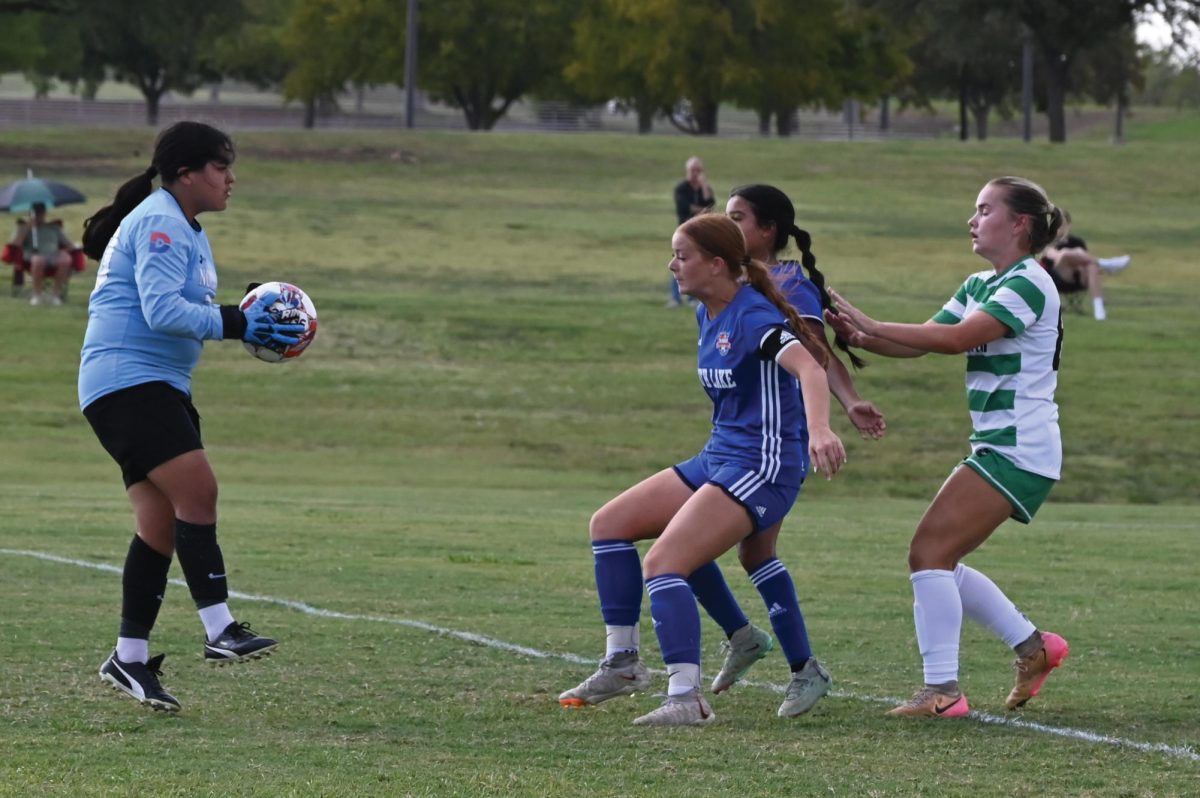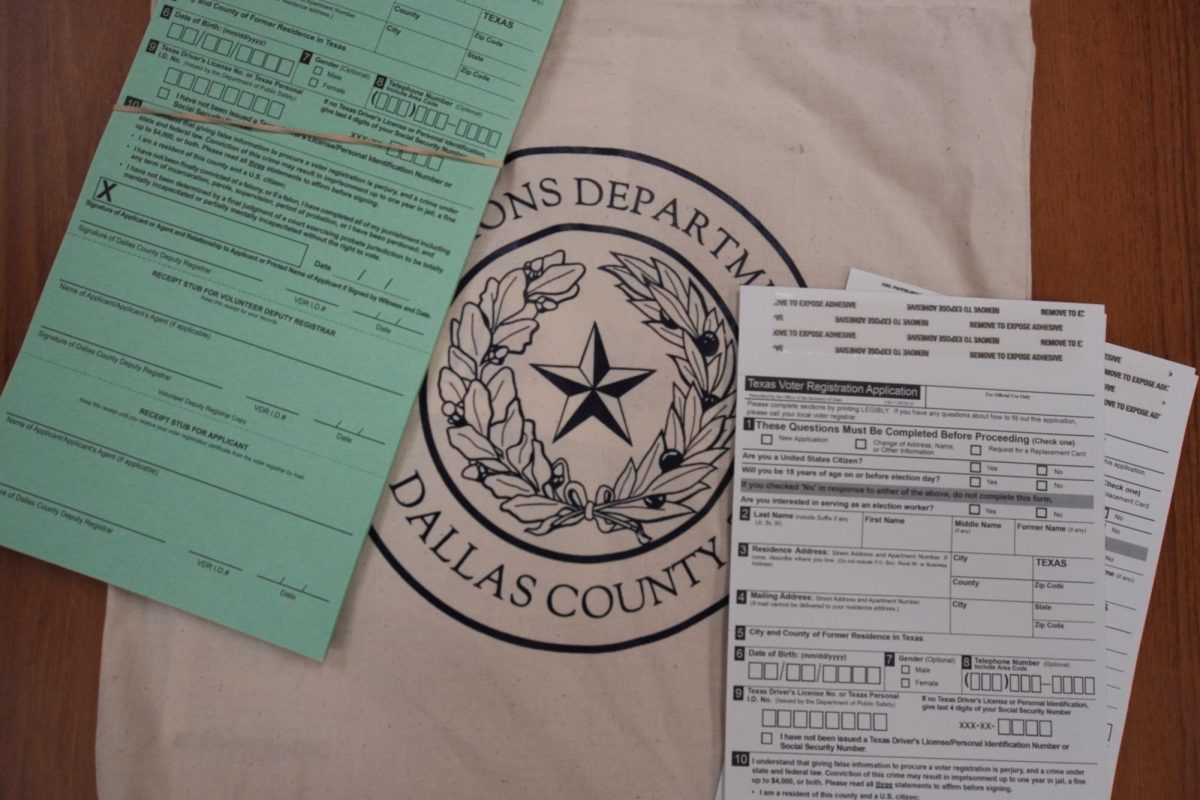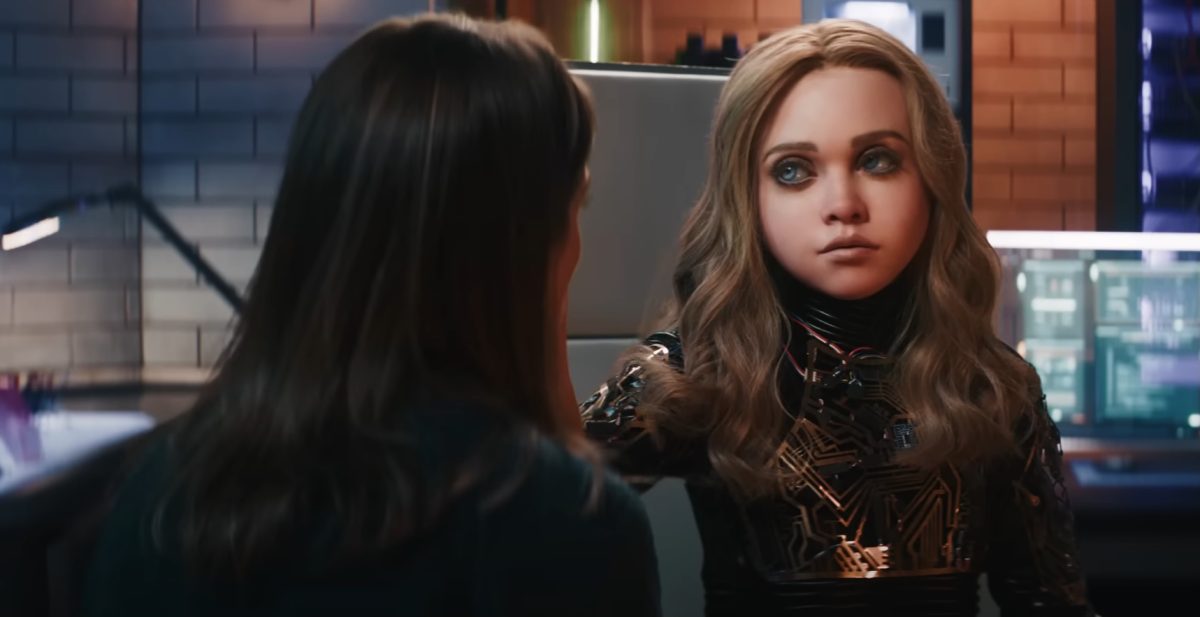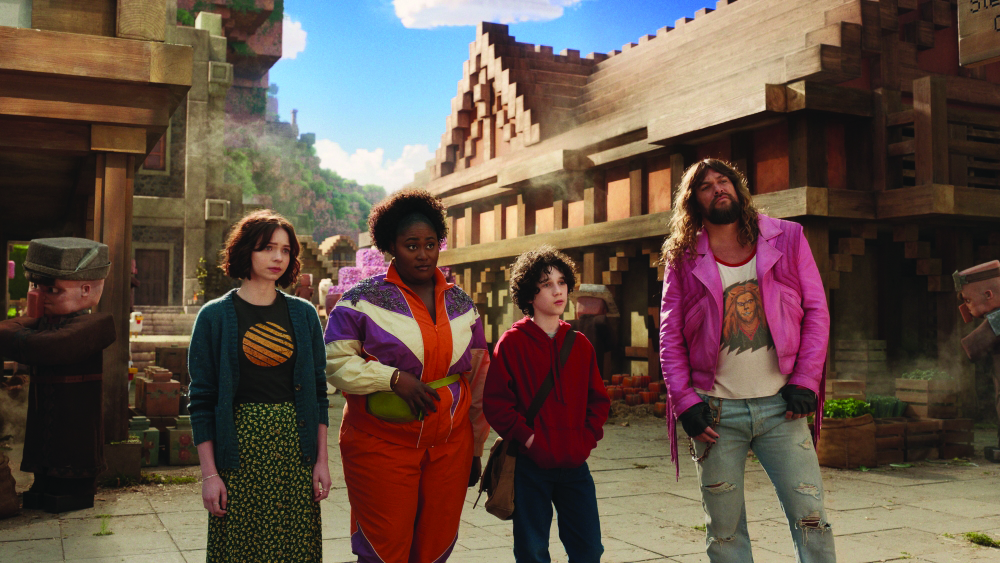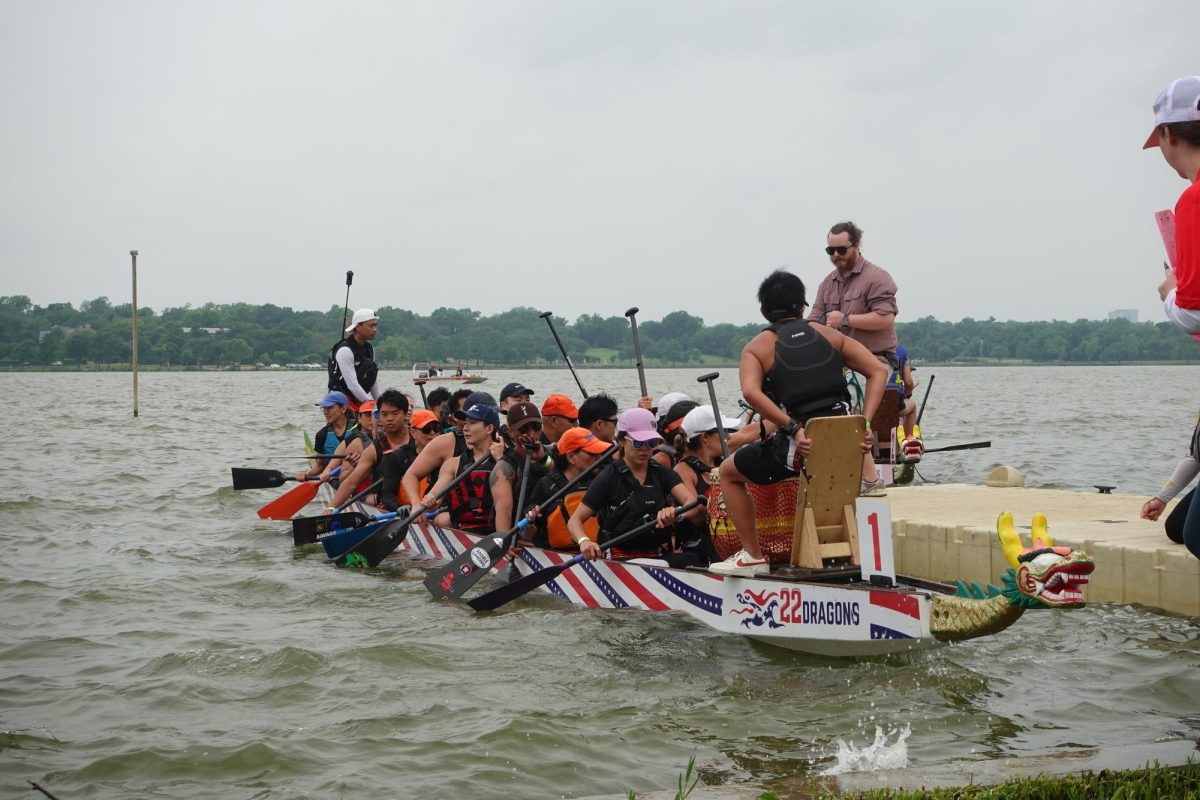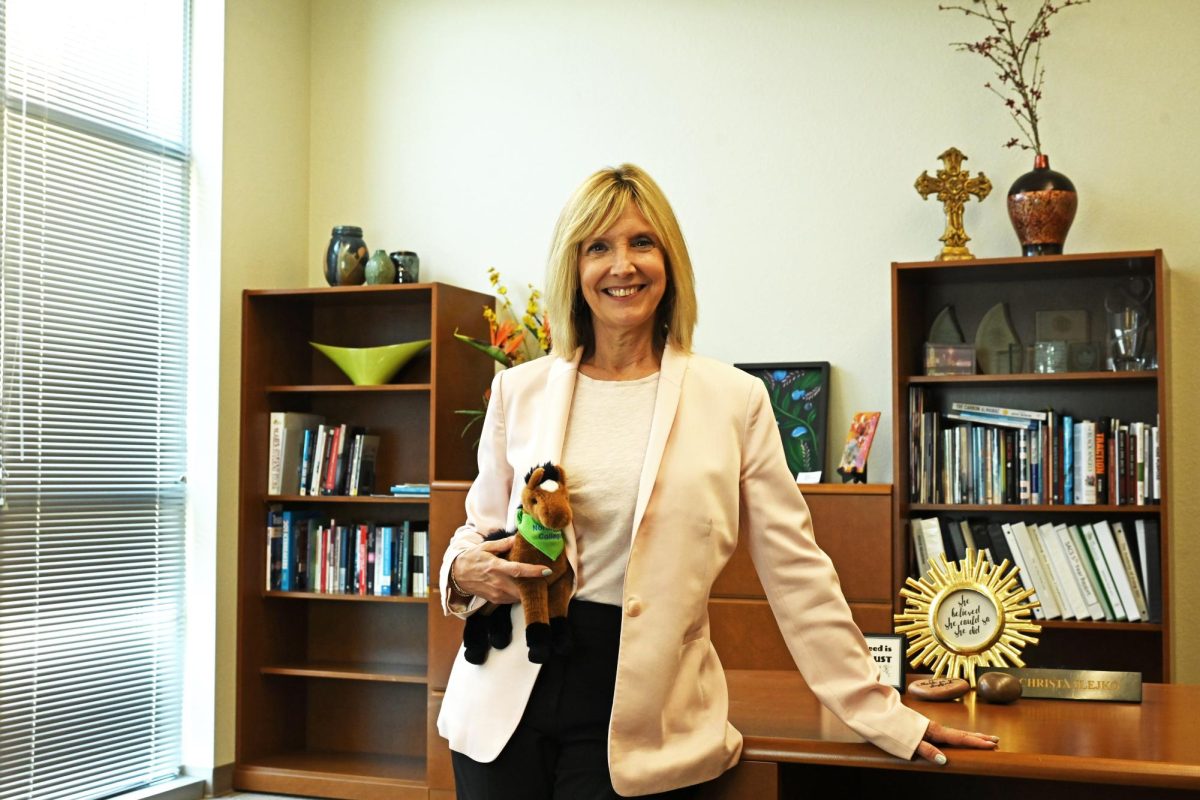Dallas is a major city with lots of congestion, with the average person losing 56-hours-per-year sitting in traffic. It has a relatively low rate of public transit ridership. Only 4% of Dallas residents use public transit to get to work. So, what’s holding the rest of the commuters back?
(Music/Archival video)
DART was inaugurated in 1996 with high hopes. It was supposed to be a solution to Dallas’ growing traffic congestion and air pollution problems. However, ridership has never met expectations.
“So we have definitely, I don’t suppose, the only time they will ride DART is to a Stars game or a Mavs game. We have people, like myself, who ride five days a week to be sure I get to work and home again,” DART External Relations Spokesman Gordon Shattles said. “But then we have those folks who need us 7 days a week, sometimes multiple times and usually on multiple modes of transportation. They might take a train for a piece, then on to a bus, eventually it might be paratransit. They could use Go-Link as well. So, what can we do to make their journey seamless? What can we do to make it reliable? What can we do to make it safe for them? That’s going to be our focus, and of course that’s been our focus for 40 years, but we have a true focus on that one going forward and I’m looking forward to seeing what DART can do.”
DART is working to address some of the challenges it is facing. The agency is expanding its service area and increasing the frequency of its trains and buses. DART is also working to improve safety and reliability. In 2021, 1765 incidents and arrests were reported at all DART train and bus stations. Many people cite safety as their main reason for being wary of mass transit in Dallas.
“In my personal opinion, I think the public transportation system needs to be more safe. You know, people are always afraid of being robbed on the trains and the public buses and stuff like that,” Dallas commuter Saint Williams said.
“Well I guess it’s just the safety because, like I said, it was a journey coming over here. I rode it every day for a week so I would see and ride with very, how should I say, scary, I guess. Scary events would go on. Yeah,” commuter Naomi Peregrina said.
DART’s train system covers a large area of Dallas but it doesn’t reach all parts of the city. Some people live in areas that are not well served by DART which makes it difficult for them to use public transportation. DART is working to expand its service area but it will take time and money to do so.
“Our red line was a starter system that actually aimed to focus on the South Dallas region and that’s been a focus of ours,” Shattles said. “We need to be able to serve the people who need us most. So, the South Dallas Go-Link program is a great example. It just became permanent after a two-year pilot program. That’s in addition to four rail stations, extensive bus service inside the area and also Go-Link because people had the need a lot of times to just go within their district. So, if they need to go to the grocery store, see family or maybe go to the doctor’s office this is one extra opportunity for them to get there quickly, safely and on time.”
In the meantime, many people who live in underserved areas are forced to rely on cars to get around. DART’s train system, while not without its flaws, is still a vital part of our city’s infrastructure. It may not always be the most efficient option, but it does offer a relatively affordable and convenient mode of transportation for many residents.
So, next time you’re planning your trip consider taking DART. Even if it means dealing with minor inconveniences, you’re helping to reduce traffic congestion and pollution. And, who doesn’t want to make a positive influence on our environment?
(Archival Video: “We’re pulling into the Pearl Station – the end of the line for now. It’s really just the beginning as Dallas becomes the first city in the southwest to have modern light rail.”)
Reporter Jaciel Maldonado filed this report.


